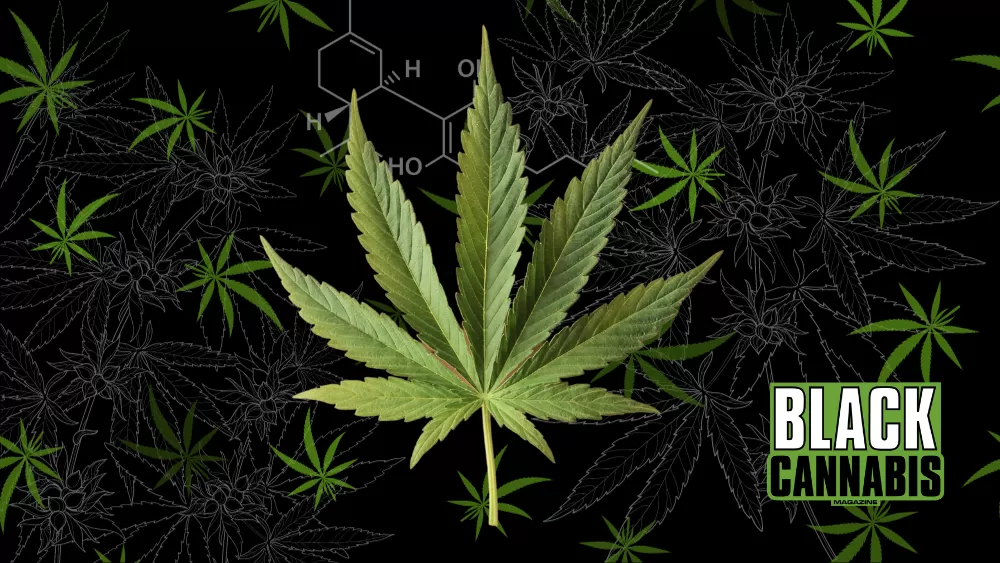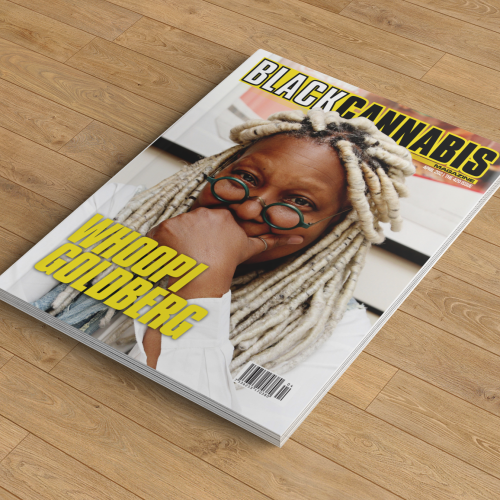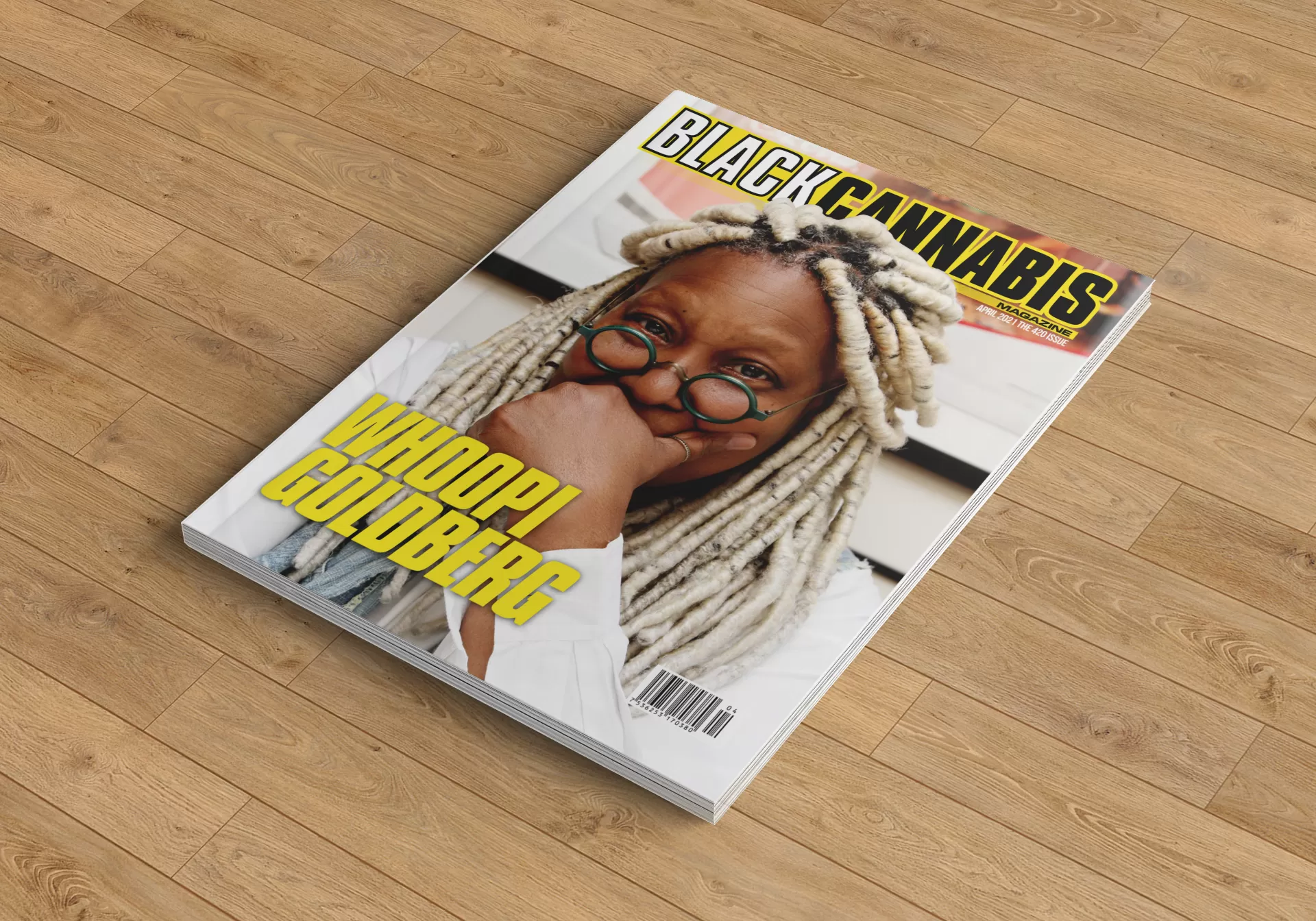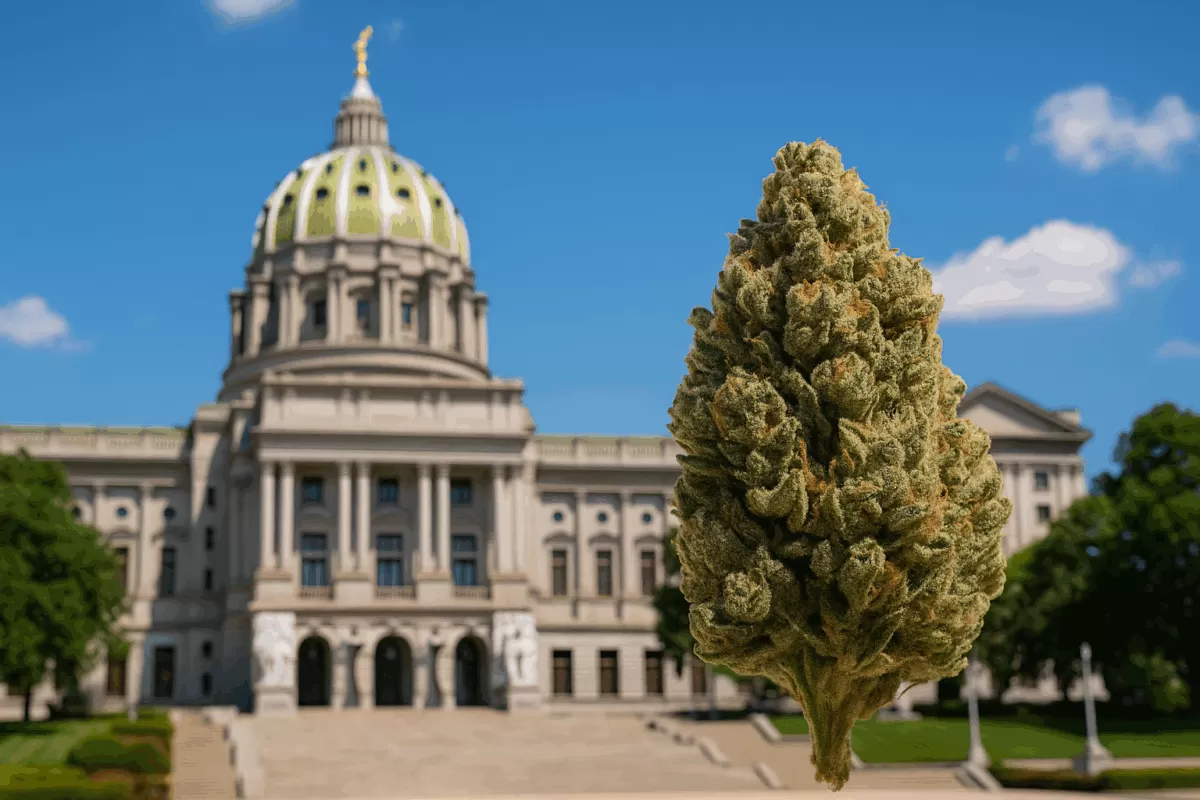Introduction
The cannabis plant, often synonymous with controversy, is not just a late-night recreational pastime. Contrary to what some may think, this leafy green has been on the medical scene for more than 6,000 years. As nations around the world gradually recognize its therapeutic potential, let’s delve into the storied past of medical cannabis and how it’s making a resurgent comeback.
A Journey Through Time
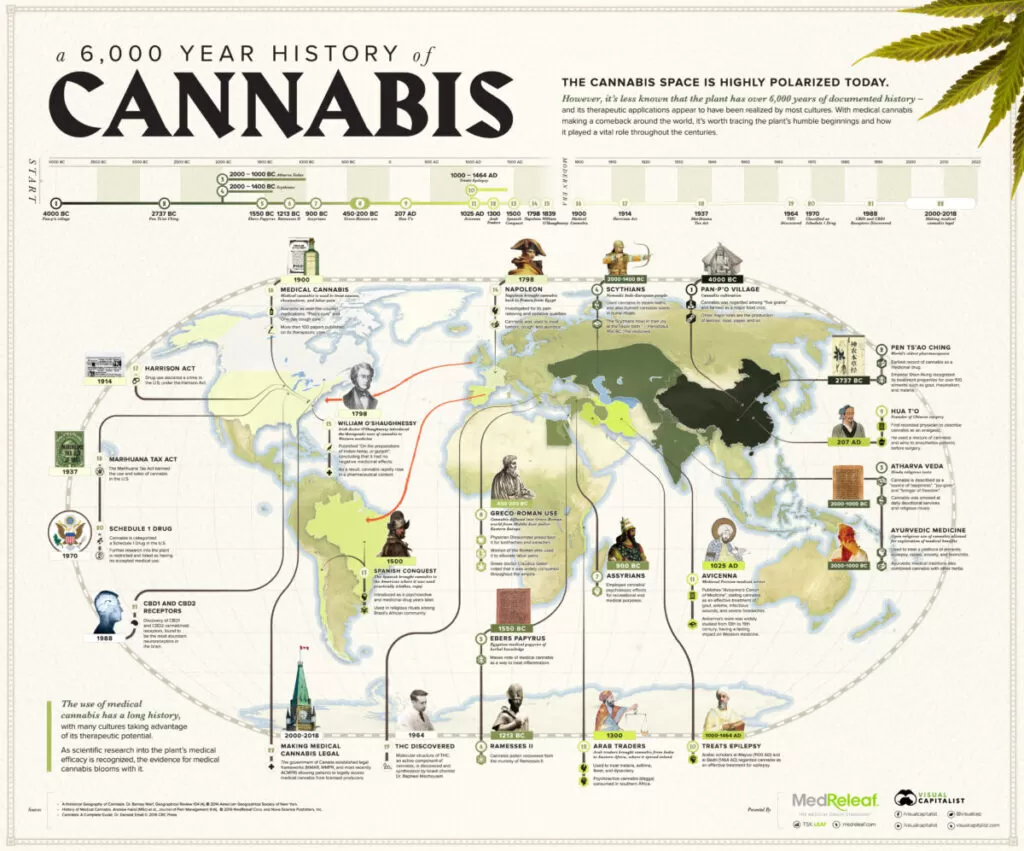
The trail of medical cannabis starts in ancient China, where the plant was known as ‘má’, meaning ‘numbness’ or ‘hemp’. As early as 2737 BCE, Emperor Shen-Nung, also a pharmacologist, extolled the medicinal virtues of cannabis in a medical textbook. The plant was recommended for ailments ranging from rheumatism to constipation. Fast-forward to the 8th century, Arabic physicians began extolling the anti-inflammatory and pain-killing properties of cannabis sativa, a high THC concentration species.
The Ancient Global Healer
From Chinese emperors to Egyptian papyri, the use of cannabis as a medicine was universally accepted. The Ebers Papyrus, dated 1550 BCE, discusses cannabis as a treatment for hemorrhoids. Similarly, ancient Indian physicians prescribed it for pain relief during childbirth and for conditions like insomnia.
The Western Pause and Modern Revival
Fast forward to the 19th century; cannabis arrived in Western medicine via Irish doctor William Brooke O’Shaughnessy. However, due to the rise of opiates and changing laws, cannabis experienced a steep decline. Fast-forward again, and cannabis is now reentering the medical limelight, backed by contemporary research and increasingly favorable laws.
Where It Stands Today
Medical cannabis is now legalized in various countries, with specific restrictions. In the U.S., 39 states have given the green light for medical and recreational applications, although federal law remains restrictive.
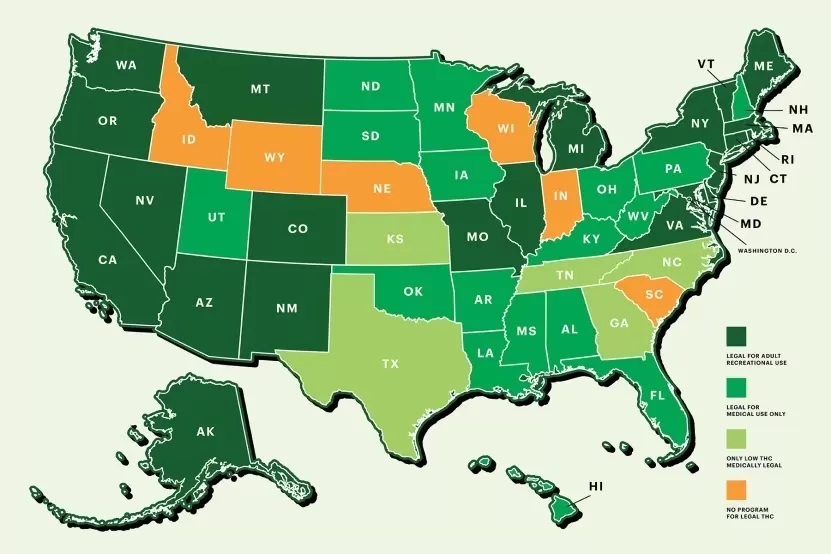
The Medical Spectrum
What does “medical cannabis” mean today? According to the National Institute of Drug Abuse, it involves using “the whole unprocessed marijuana plant or its basic extracts to treat symptoms of illness.” The plant houses over 400 chemicals, around 70 of which are cannabinoids with medicinal potential.
The Future is Green
The world is now more receptive to medical cannabis research, as scientists strive to unlock its full potential. Numerous countries are already heralding a new era of cannabis-based treatments, revitalizing a practice that is as old as time itself.
Conclusion
The road for medical cannabis has been long and winding, but its persistent presence in medical history is undeniable. As we look forward to the medical breakthroughs that this plant can offer, let’s not forget the wisdom of our ancestors who, thousands of years ago, recognized its healing prowess.

